Meet Shona Cobb
Breaking the stigma-ceiling for chronic illness and disability comes to second nature to British 20 year old, Shona Cobb. She’s used her experience of life with Marfan Syndrome to empower others living with disabilities and illnesses, and change the way businesses, media and society treat disability. Shona uses her successful blog and speaking on TV and radio around England to bring change to disability rights, and as an InvisiYouth Global Brand Leader, Shona’s advocacy can reach an international stage.
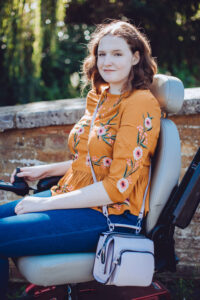 ‘Is there a cure?’ is a response I get time and time again when explaining my rare condition to everyone from friends to strangers in the street. Perhaps if I were diagnosed as a teenager, or even an adult, the realization that there is no cure for my condition would have been a difficult one but knowing all my life that I have a genetic condition has given me a long time to come to terms with my prognosis.
‘Is there a cure?’ is a response I get time and time again when explaining my rare condition to everyone from friends to strangers in the street. Perhaps if I were diagnosed as a teenager, or even an adult, the realization that there is no cure for my condition would have been a difficult one but knowing all my life that I have a genetic condition has given me a long time to come to terms with my prognosis.
Marfan Syndrome is the name of my primary condition, the starting point for all my secondary conditions. It’s a genetic connective tissue disorder, with my Mum having passed it on to me, and it can be visible quite far back in our family tree, with 2 family members dying from associated complications during my lifetime. A daunting aspect of this multi-systemic condition.
Long limbs are one sign of the condition and my unusually long arms and legs were visible on ultrasound scans while my Mum was still pregnant with me. Officially I was diagnosed as a toddler, when I started to meet more of the criteria, but my Mum knew that I had inherited Marfan a while before that.
 For most of my childhood I was a happy, energetic child. I had hypermobile joints that I would show off to my classmates and I got ‘growing pains’ a lot more than my peers. Unpleasant but not unmanageable. It was as a teenager that more serious problems started appearing. I found myself missing more and more classes to attend hospital appointments, and the reality of my condition started to sink in. It wasn’t just something I happened to have anymore, it was affecting my daily life.
For most of my childhood I was a happy, energetic child. I had hypermobile joints that I would show off to my classmates and I got ‘growing pains’ a lot more than my peers. Unpleasant but not unmanageable. It was as a teenager that more serious problems started appearing. I found myself missing more and more classes to attend hospital appointments, and the reality of my condition started to sink in. It wasn’t just something I happened to have anymore, it was affecting my daily life.
I was diagnosed with Scoliosis, a curve in my spine, at 13 years old and by 15 I was unable to climb the stairs at school, finding myself doing worksheets in the library instead of joining my classmates on the top floor of the main building.
It was isolating and really affected me because I loved education and learning, I thrived at school and worked hard. So, when I was booked in to have surgery to correct the curve with titanium rods and screws I was over the moon at the prospect of some relief from the back pain. I blogged about my experience, with my Mum keeping a diary of my first week in hospital, which proved to be a good idea as I barely remember that week. I even documented my experience with a complication post-surgery and finding out that I would need a second surgery. That was the beginning of me using my experiences to educate and support others, and it was also the start of my body beginning to crumble.
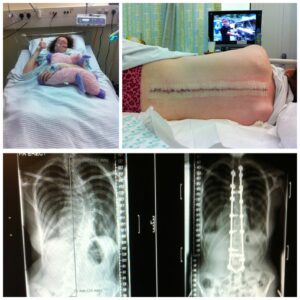 By 18 I’d had one hip replaced and the other being on its way to needing the same, a difficult thing to get your head round when joint replacements are so often associated with elderly people. I really thought that after my spinal surgery, I would return to life as normal. Then after my hip replacement, I was sure that was it, I’d surely endured enough. It was downhill from there though and now, at 20 years old, I’m a powerchair user with a large cyst at the bottom of my spine being my current issue.
By 18 I’d had one hip replaced and the other being on its way to needing the same, a difficult thing to get your head round when joint replacements are so often associated with elderly people. I really thought that after my spinal surgery, I would return to life as normal. Then after my hip replacement, I was sure that was it, I’d surely endured enough. It was downhill from there though and now, at 20 years old, I’m a powerchair user with a large cyst at the bottom of my spine being my current issue.
It’s incredible how humans adapt, after every surgery I believed it was over, I believed I could not cope with anymore but again and again I proved myself wrong. Resilient, that ‘s what people would call me. I believe though that we all deal with the hand life gives us in whatever way we can, everyone has struggles and mine happen to be health related. Others deal with grief, violence, homelessness, the list goes on. I was determined to take the hand I’d been dealt and make the best of it.
It would take me all day to list everything I’ve been involved with in the past 2 years. I’ve used my blog and social media to raise awareness of Marfan Syndrome and educate people on disability issues. I’ve talked about how environmental movements can affect and exclude disabled people on the news. I’ve been involved with a national newspaper’s project to document the daily access problems I come across as a powerchair user. For someone who was painfully shy as a child, I’ve certainly come out of my shell, and that is all down to me having a chronic illness and being disabled. I feel I’ve found my calling in life. I’m not currently able to work but I can use my free time and my voice to help raise awareness and make real change.
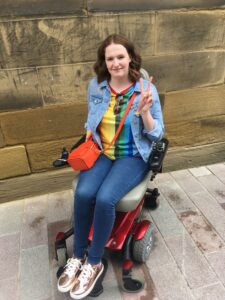 I’ve helped local shops install ramps to improve access for disabled people and I’ve worked with organisations to improve their inclusivity. Charity work is something I’ve passionate about though, being the Marfan ambassador for The Hypermobility Syndromes Association (HMSA) and being the youngest person in a British Heart Foundation (BHF) patient advisory group. I’ve taken what life has given and done my best with it.
I’ve helped local shops install ramps to improve access for disabled people and I’ve worked with organisations to improve their inclusivity. Charity work is something I’ve passionate about though, being the Marfan ambassador for The Hypermobility Syndromes Association (HMSA) and being the youngest person in a British Heart Foundation (BHF) patient advisory group. I’ve taken what life has given and done my best with it.
People often speak about disability and chronic illness as though it’s the worst thing, but I feel empowered by disability. I am proud to be a young disabled woman, I am proud of the change I’ve made and am trying to make in this world. Being disabled and chronically ill is a huge part of my identity, why shouldn’t I be proud of that?
I hope to inspire other disabled and chronically ill people to be empowered by their conditions too, as many other disabled activists and campaigners have done for me. I scroll through my Instagram feed and I feel empowered to see so many disabled people not being ashamed of their disability and embracing their bodies.
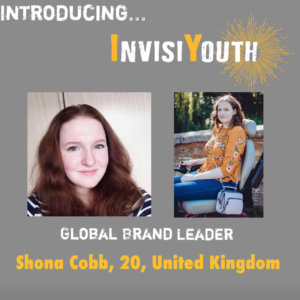 I’ve still many rocky roads ahead of me, including major open-heart surgery and potentially more risky spinal surgery, but I still look forward, looking back at the past, at a life that could have been, has never done me any favours. I’m looking forward now, looking forward to the change I can make in the world, looking forward to being more confident and looking forward to a time where disabled and chronically ill people can feel empowered by their disability without others telling us we shouldn’t.
I’ve still many rocky roads ahead of me, including major open-heart surgery and potentially more risky spinal surgery, but I still look forward, looking back at the past, at a life that could have been, has never done me any favours. I’m looking forward now, looking forward to the change I can make in the world, looking forward to being more confident and looking forward to a time where disabled and chronically ill people can feel empowered by their disability without others telling us we shouldn’t.
I’m excited to fulfill these goals and support others, especially in my new role as a Global Brand Leader for InvisiYouth!
